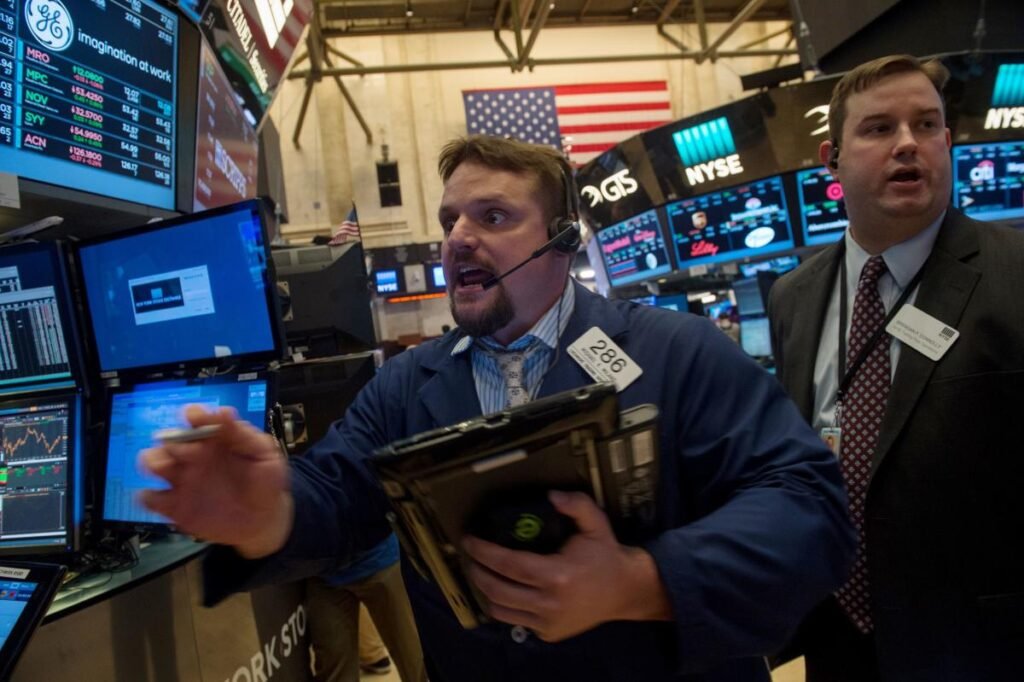Continuing applications for unemployment benefits hit the highest level since November 2021 last week, further signs of a cooling labor market as unemployed people struggle to find new work.
Nearly 1.84 million jobless claims were filed in the week ending June 22, up from 1.82 million the previous week, according to the latest data from the Labor Department. Meanwhile, the four-week moving average of weekly jobless claims rose by 3,000 to 236,000, the highest level since September 2023.
Jeffrey Roach, chief economist at LPL Financial, argued that the data “sends a warning that the labor market may be softening.”
A key question for the Fed is whether the softening is a further sign of a normalization of the labor market or whether it signals that higher interest rates could deal a serious blow to the U.S. economy.
A growing number of economists believe that risk leads to painful consequences.
Nancy Vanden Houten, chief U.S. economist at Oxford Economics, cautioned against overinterpreting the data because jobless claims can fluctuate from week to week, but noted that a further upward trend in weekly jobless claims would certainly be a concern.
“A sustained increase in initial jobless claims would suggest further weakness in the labor market and a larger increase in the unemployment rate than currently expected, further supporting our case for the Fed to begin cutting rates in September,” Van den Houten wrote in a Thursday note.
The Fed has largely stuck to its guns that it needs to gain “more confidence” in the declining trajectory of inflation before cutting interest rates. In its most recent press conference on June 12, Fed Chairman Jerome Powell said the labor market continues to normalize and that, from the Fed’s perspective, there are no signs of real concern yet.
“We’re seeing a gradual cooling and a gradual balance. We’re watching closely for any signs of more, but we don’t really see any signs of that,” Powell said.
Please see here for the detail.

